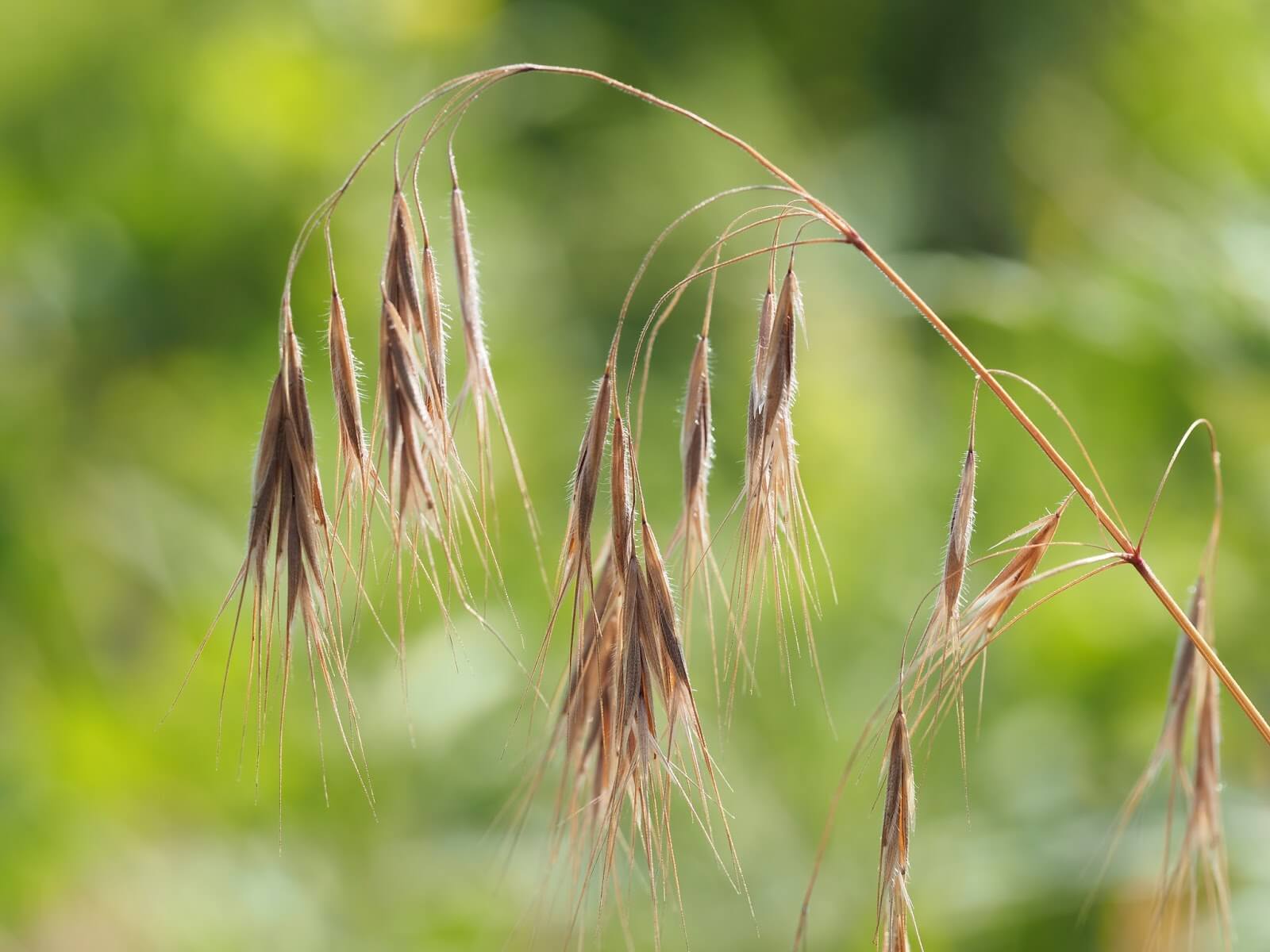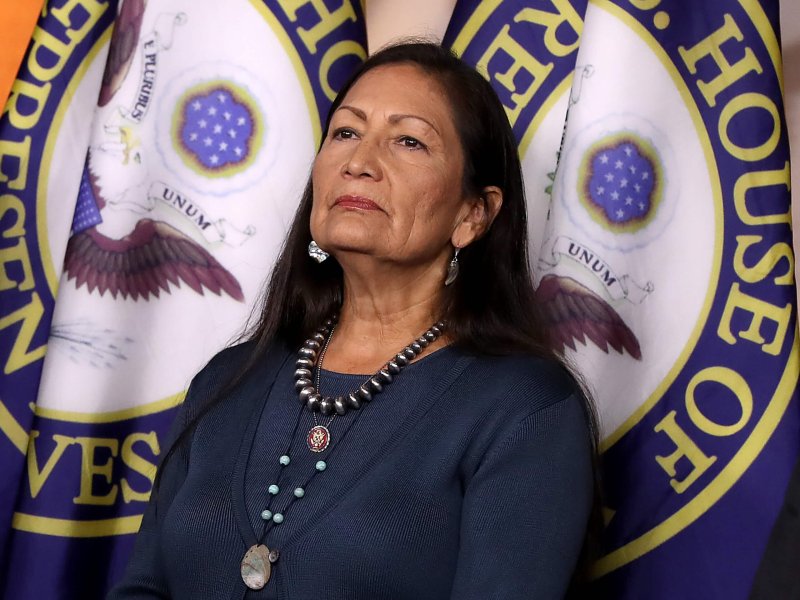Members raised concerns about Haaland’s positions on a number of controversial issues such as the Keystone XL pipeline and fracking. Still, those headline issues shouldn’t overshadow equally vital issues, such as what she believes about the stewardship of public lands.
Should she be confirmed, the U.S. Fish and Wildlife Service would report to Haaland as part of the Department of Interior. Haaland will thus be able to influence whether the FWS follows the science when it comes to protecting wildlife refuges. The correct choice for the new secretary is to use all available tools in accordance with proper scientific methods to preserve endangered species and restore threatened ecosystems. Some of these tools, however, have been rejected by environmental activists on ideological rather than practical and factual grounds.
Certain groups that claim to care about the environment are advancing policies that would harm it, such as banning the use of pesticides and genetically engineered crops in national wildlife refuges. This misguided policy was put into place in 2014. Suddenly, wildlife managers had their hands tied and refuge-specific options limited. Some refuges were no longer able to provide the amount of high-energy forage they needed for wildlife, particularly birds. The ability to control invasive species and maintain and maximize early-succession natural vegetation communities was also critically limited.
Few people realize that the biggest threats to endangered species and habitat preservation have names such as cheatgrass, purple loosestrife, and buckthorn. These are threats that, once introduced into an open area, spread rapidly, and choke out the native vegetation. Cheatgrass, for example, belongs in Eurasia and the Mediterranean — it’s not native to North America. It’s a weed that’s basically useless as a food source for wildlife. Worse, when it displaces sagebrush, it increases the intensity and duration of wildfires. It’s invasive species like this that are destroying ecosystems on public land.

According to the FWS scientists, invasive species currently menace 42% of endangered and threatened species. These unwanted weeds are spreading at the rate of 10 million acres per year. Imagine every square inch of Massachusetts and New Jersey with weeds — that’s the scope of the problem.
It’s a problem that needs to be solved.
Native plants are critical to fostering the biodiversity that pollinators need. Native plants need to be preserved, which is why the professionals entrusted with managing the public lands know their best and only hope to combat the invasive species menace is to use the latest weed-killing pesticides and seed treatments. It’s important to note that, before any of these chemicals can be used, they’re evaluated by FWS scientists for safety and must be used under strict guidelines. In most cases, there aren’t any reasonable alternatives. Even if the FWS could summon an army of volunteers to pull out all these noxious plants by hand, it wouldn’t necessarily help. These nasty plants tend to bury seeds deep in the soil. They can re-sprout even after being ripped out of the ground. Pulling the weed can also disturb the soil and contribute to erosion. They simply spread too fast.
One method the FWS uses to maintain wildlife refuges is to enter into cooperative agreements with local farmers and ranchers to grow grain or graze cattle on refuge land that the agency can’t otherwise handle on its own. The farmers and ranchers produce extra food for wildlife, while and the FWS is able to ensure the public land remains well maintained. It’s an arrangement that works great for both sides and for the environment.
But to do their job, these farmers need to have access to high-tech products like genetically engineered seeds, the use of which “can eliminate or substantially reduce the need for topically-applied pesticides used to control corn earworms, corn borers, and corn rootworms.” Neonicotinoid seed treatments that protect crops from being attacked and destroyed by pests additionally reduce the number of pesticides that would otherwise be needed to preserve food for wildlife to access. These products have been deemed safe after multiple reviews by the Environmental Protection Agency’s experts. Yet misguided activists, the kind who have worked with Deb Haaland in the past, would rather risk the lives of endangered species and the future of fragile ecosystems to advance their narrow, anti-technology agenda.
The next interior secretary should ensure that the loud shouting of the special interests takes a back seat to science. With the Senate split 50-50, a single senator’s voice can tip the balance for any nominee. Senators ought to be clear about the impact on wildlife refuges before casting their vote. And Haaland needs to commit to showing she’s as committed to science-based policies as she has claimed.
Hank Campbell is the founder of Science 2.0, a pro-science nonprofit whose articles have been read directly by over 300 million people and tens of millions more in syndication. Find Hank on Twitter @HankCampbell
This article was originally posted at the Washington Examiner and has been reposted here with permission. The Washington Examiner can be found on Twitter @dcexaminer































